The Margin of Error in Growth Forecasting: Lessons from Statistics
Discover why most growth forecasts are more fiction than fact. Learn how marketers and product managers can avoid false positives, misuse of confidence intervals, and data misinterpretation by embraci
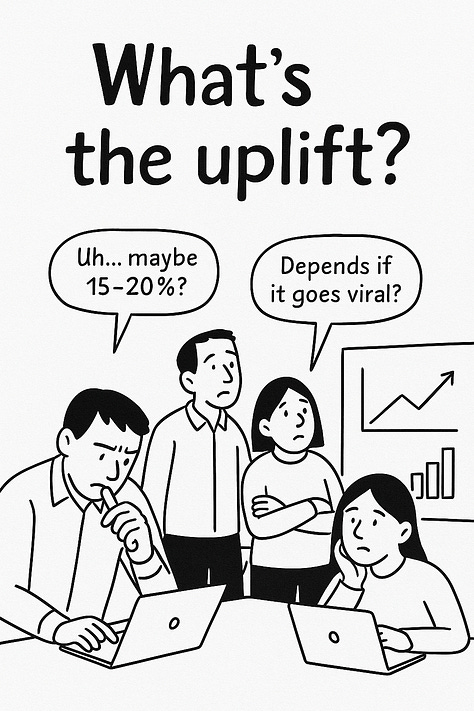
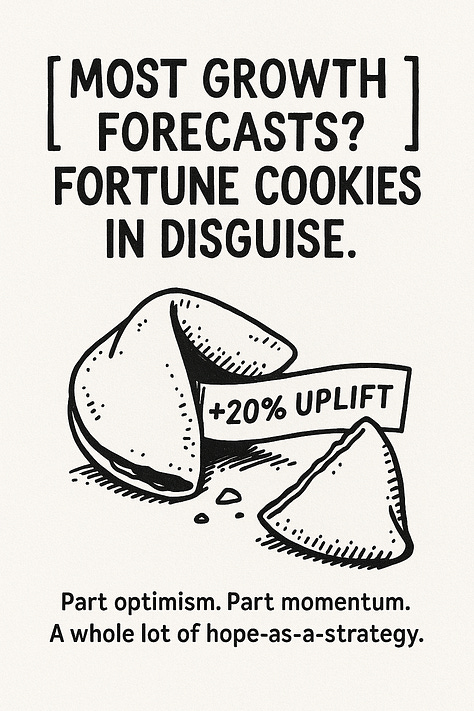
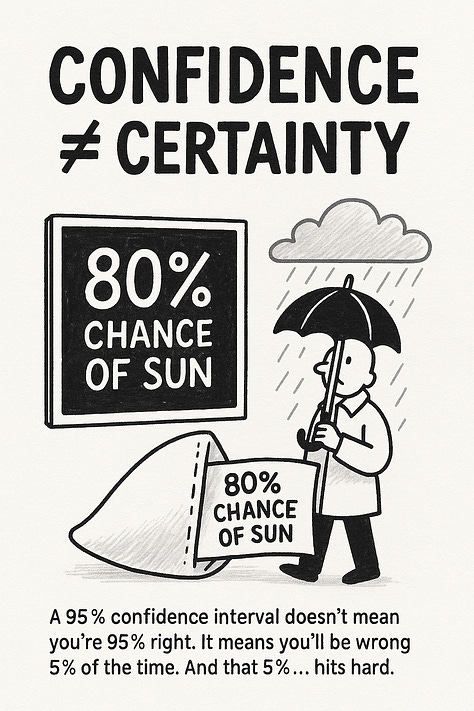
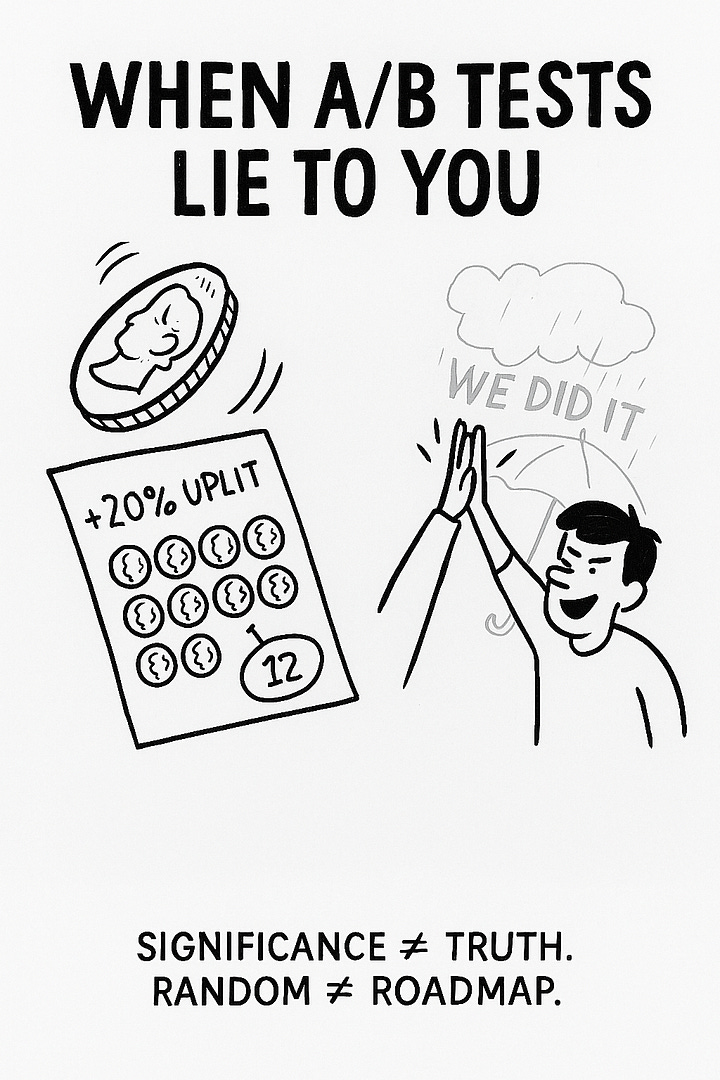
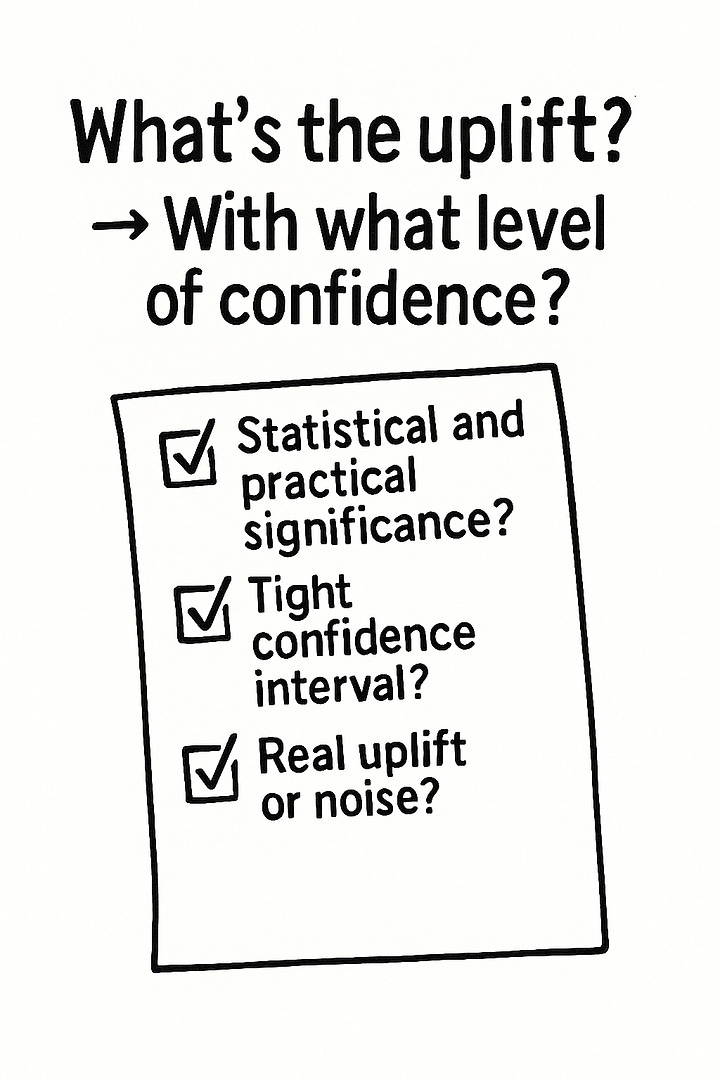
“So… how much uplift are we expecting from this new campaign?”
Cue the awkward silence. Some finger math. A squint at last quarter’s dashboard.
“Uh… 15 to 20%? Maybe more if it gets high engagement?”
If you’ve ever been in this situation (I see you nodding while quietly wondering what data actually backs that number), you’re not alone. Most growth forecasts are stitched together like startup pitch decks — part optimism, part momentum, and a whole lot of hope-as-a-strategy.
The real issue? We’re wielding power tools, data, experiments, and statistical models with the precision of a toddler holding a chainsaw. Somewhere between dashboards and deadlines, growth marketers and PMs have mistaken confidence for certainty, ignoring one critical variable: the margin of error that’s quietly laughing in standard deviation.
This post is about that margin. And why understanding it could save your next forecast from becoming fiction.
1. Confidence ≠ Certainty: Why Your “95%” Isn’t a Guarantee
Let’s clear up one of the most common (and costly) misunderstandings in growth forecasting:
A 95% confidence interval doesn’t mean you’re 95% right.
What it actually means: if you ran the same experiment 100 times, you'd expect the true result to fall within that range 95 times. That other 5%? That’s where bad decisions, over-promises, and “we’re not hitting the target again” meetings live.
Here’s the kicker: most growth projections ignore this nuance entirely. They present the point estimate — the single number that looks good in a slide deck, and conveniently skip the messy reality of variance.
🟢 Think of it like a weather forecast.
An 80% chance of sun doesn’t mean it won’t rain. So maybe keep the umbrella handy before you bet your Q3 goals on that optimistic uplift.
2. The Danger of False Positives: When A/B Tests Lie to You
If you're running five A/B tests and celebrating because one of them hit p < 0.05, I’ve got news for you: you might just be celebrating noise.
This is the statistical equivalent of fishing with dynamite. The more tests you run, the higher the chance you'll “find” something that looks significant, but isn’t. It’s called a Type I error: a false positive. The evil twin? Type II error occurs when you miss the signal because your sample size was too small.
⚠️ Analogy time:
It’s like flipping a coin 20 times and getting 12 heads. Does that mean your coin is rigged? Or did randomness just do its thing?
If you base your next product feature on that flip, congratulations, you’ve just built your roadmap on a statistical illusion.
3. Why Every Growth Product Manager Needs a Crash Course in Data Literacy
In too many rooms, “Let’s test it” has become the get-out-of-jail-free card for weak hypotheses and vague KPIs. But here's the truth:
Growth isn’t magic. It’s math.
And math demands discipline. Sample sizes. Statistical power. Effect sizes. The kind of terms that don’t trend on LinkedIn but separate great growth PMs from gut-feel gamblers.
The real flex? Data humility.
Knowing what your data can’t tell you is just as important as what it can.
🔍 A quick gut-check before your next ‘data-driven decision’:
Are your results statistically significant and practically meaningful?
Is your confidence interval tight enough to trust?
Are you measuring actual uplift, or just random noise dressed as insight?
Final Thoughts
Growth is messy. Forecasts are fuzzy. And despite all the dashboards, most of us are still squinting into the fog, pretending we see clearly.
But it doesn’t have to be this way.
When growth marketers and product managers learn to wield statistical tools with respect, we graduate from guesswork to good work. From throwing darts to sharpening strategy.
🔑 TL;DR Takeaways:
Confidence intervals > confidence. Precision beats bravado.
Not all A/B test wins are real. Know your false positives from your breakthroughs.
Data literacy is the new growth skill. Learn it, or risk being led by noise.
So the next time someone asks, “What’s the uplift?” — don’t just spit out a number.
Ask them: “With what level of confidence?”
Because that question might just save you six months of shipping illusions.
